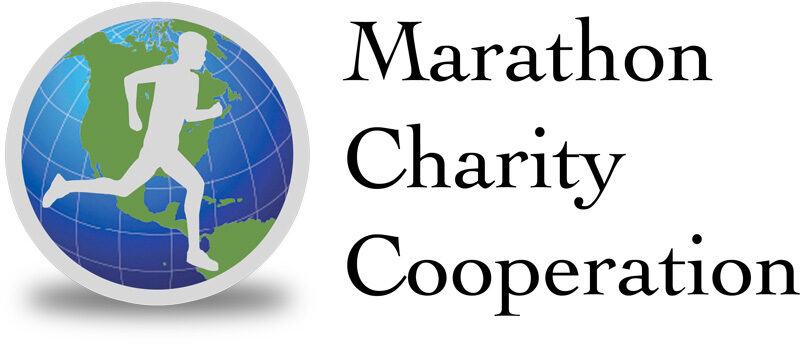Runners’ hamstrings get tight due to over-lengthening.
By Susan Paul
Published in Runners World
Dear Susan-
I have been experiencing pain at the very top of my leg and the very bottom of my butt. One of my running buddies suggested it was my hamstrings and that they were probably too tight. So I’ve been stretching but have not gotten any relief. Any idea what this might be? I’m still able to run but I have had to cut back on my mileage and slow down my pace because of the discomfort.
Thanks for any help,
Rob
Dear Rob-
Your runner friend is most likely correct in suggesting hamstrings based on the location you describe. And, your pain may very well be due to tight hamstrings. However, here’s why your stretching is most likely NOT helping you. In most cases, runner hamstrings are tight because they are actually over-lengthened rather than tight because they are shortened by contraction, which is probably why stretching has not given you the relief you seek.
When a muscle is tight because it’s over-lengthened, stretching will not resolve the problem because it’s already over-stretched and, in fact, stretching will most likely irritate the muscle further. When dealing with a muscle that is tight due to over-lengthening, it is usually helpful to look at the opposing muscle group to figure out where the problem lies.
The hamstrings attach to the ischial tuberosity, which is a part of the posterior aspect of the pelvis and is typically where runners feel pain. The opposing muscle group for the hamstrings are the quadriceps. The quadriceps attach to the anterior aspect of the pelvis. The hip flexor muscles assist the quadriceps and they attach on the anterior aspect of the pelvis and the lumbar vertebrae of the lower back, just above the pelvis.
The hamstrings and quadriceps muscle groups work as opposing muscle groups to keep the pelvis stable; however, the movements and forces involved in running makes this task much more difficult. Picture guy wires attached to either side of a telephone pole. The telephone pole being our pelvis and spine, the guy wires being the hamstrings and the quadriceps. The guy wires, or our opposing muscle groups, maintain tension on the pole and our pelvis, keeps it in its proper position.
However, unlike the telephone pole, the pelvis has movement, so keeping it balanced becomes much more complicated. The quadriceps are a stronger muscle group than the hamstrings. This is evident when lifting weights as most people can lift more weight on the leg extension machine (quadriceps) than they can on the leg curl machine (hamstrings). This is a normal strength difference and when the muscle groups stay within their normal strength difference ratio, all is well.
On the other hand, this strength ratio can become out of balance, especially in runners. When this happens, it is typically the quadriceps that win the strength battle and begin to pull the pelvis into a slight anterior rotation. The hip flexors get in on this action too and assist the quadriceps. As the pelvis rotates anteriorly, it raises or elevates the hamstring attachment site, which means the hamstrings get pulled up and as the pelvis shifts they become over-lengthened. In the massage world, this over-lengthening is sometimes referred to as “locked long.” The hamstrings hang onto their attachment site for dear life. Over-lengthening a muscle greatly increases its risk of injury. Again, picture the telephone pole now being pulled to one side by a stronger guy wire, the quadriceps. The other guy wire, or the hamstrings, is now being pulled and is over-stretched or over-lengthened. Along with over-lengthening the hamstrings, pelvic anterior rotation also shortens our back muscles. The typical scenario is tight, shortened quadriceps; tight, shortened hip flexors; tight, shortened back muscles; and tight but over-lengthened hamstring muscles.
Then, to compound the problem further, when we run, we swing the leg forward, and the hamstrings are even further lengthened and the stress on the hamstrings, especially at the attachment site, is increased even more. This additional stress puts your hamstrings at an even greater risk of injury. This can result in tendonitis and even muscle tearing. Pain is the first warning sign and you are wise to pay attention to this signal.
Here are some tips for prevention and/or treatment:
- Stretch and/or roll your quadriceps and hip flexors with this quad stretch.
- Stretch your hamstrings by lying on your back, NOT by standing up and trying to touch your toes.
- Use the low back stretch and pelvic tilt exercise to stretch your low back muscles
- Strengthen core muscles, especially abdominal muscles. Try incorporating planks into your routine.
- Strengthen hamstring muscles with leg curls. Use no weight or a very light weight at first. Focus on moving the muscle through its full range of motion, hold it briefly at the top of the action, and then return slowly. Recommended twice a week.
- Ice the attachment site immediately after any exercise for 15 to 20 minutes. Try wearing compression shorts to help support the affected muscles.
- Cross-train with the stair climber or swimming to keep cardio up. Stair climbing uses a smaller stride, so this action may not bother your hamstring.
- Massage Therapy can help by relaxing tight muscles, improving flexibility, facilitating circulation and healing, and restoring joint range of motion.
- Visit your physician if the pain is persistent, if you are limping or altering your gait in any way, and especially if you notice any bruising.
- Physical Therapy can help healing and work on correcting any muscle weaknesses or imbalances.
All the best to you!
Susan Paul, MS
***
Susan Paul has coached more than 2,000 runners and is an exercise physiologist and program director for the Orlando Track Shack Foundation. For more information, visit www.trackshack.com.
